Residents of sloping areas or regions prone to rapid soil erosion often worry about the safety and stability of their living spaces.
While many opt for retaining walls to address these concerns, not everyone finds this solution appealing.
Some seek alternatives that are more cost-effective and durable than traditional retaining walls.
In discussing alternatives to retaining walls, it’s crucial not to overlook traditional solutions like weep holes in retaining walls.
These features are essential for managing water build-up and pressure, thus extending the wall’s durability and effectiveness.
To explore how weep holes enhance the functionality and longevity of retaining walls, continue reading.
In this post, we have covered what you can do instead of a retaining wall.
1. Natural Stone Wall
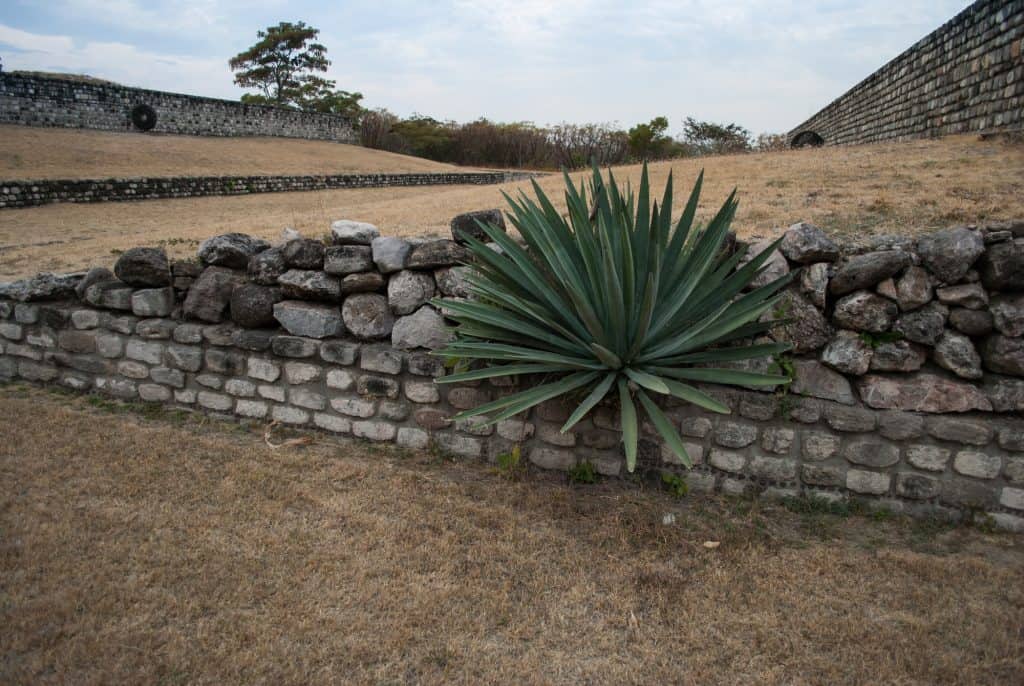
Using natural stones is the easiest way to create a wall of a small height that can provide stronger security.
If you have access to the rocks or big boulder stones of the rocks, they are best for the natural stone wall.
This type of wall also creates welcoming and homely vibes.
The big natural stones and boulders allow you to create thicker walls depending on their size and big sizes.
If you want to create a stronger or more professional wall, use a mortar and small natural stones to stack them all together.
2. Terrace Walls
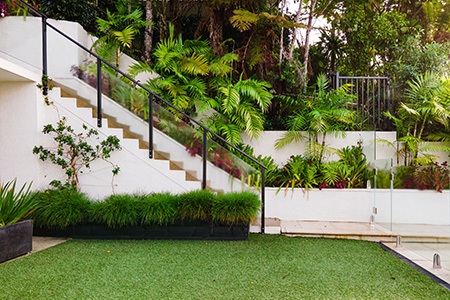
If you are confused about which type of retaining wall alternative will better suit your living space, utilizing the terrace option can be wise.
Terraces are firm security providers that will help the walls hold and share a lot of pressure, thus saving them from unexpected pressure damage.
So you can terrace your yard and larger area into several layers.
Terrace designing allows you to get the freestyle experiment and options, making water drainage easier and preventing soil erosion simultaneously.
For instance, for terracing, instead of creating one wall with a big height, you can create multiple walls with a small height at a distance.
This allows you to use the area between the walls for various purposes, such as gardening, ground preparation, flowering, and more.
3. Wooden Timbers
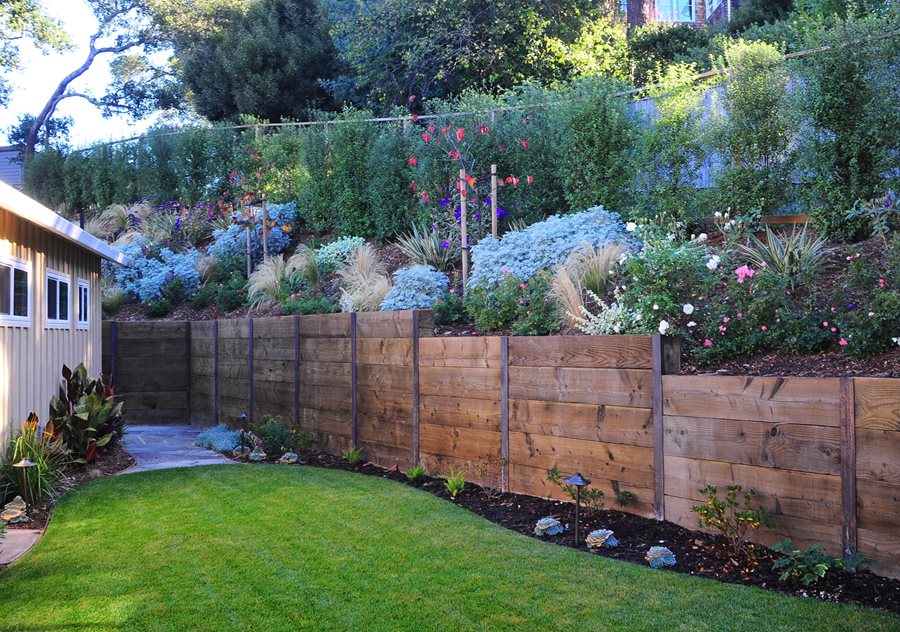
Most people prefer wooden timber walls, especially when focusing on gardening beds, hedges, flowers, etc.
The timbre will also give the natural and aesthetic vibes and blend well with nature. Wooden timbres are widely used in highly sloppy areas, especially the hill areas.
They work in such areas since they are lighter in weight and their construction is also lighter.
With time, you will have to replace them, or you might need to create a new timbre wall, as the dead wood soon expires due to the soil and moisture from the external environment.
Another downside of the timbre wall is that it costs the lives of several trees and negatively affects the environment, especially regarding soil erosion and deforestation.
4. Reinforced Soil Slopes
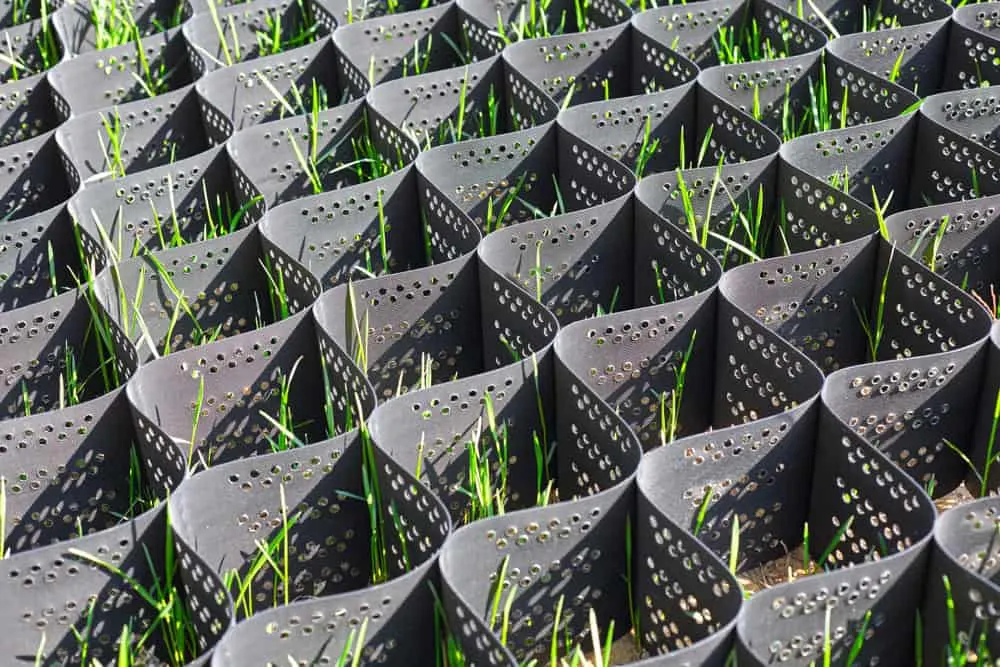
Properly reinforced slopes are great options for preventing soil erosion.
Polypropylene or polythene is used along with geotextile material to construct reinforced soil slopes.
These materials are flexible, and natural disasters like earthquakes and heavier shocks have little effect.
Most people prefer reinforced soil slopes organized between 45 and 76 degrees.
For these soil slopes, there are two ways to add the finishing touch: steel wire meshing and geosynthetic-facing solutions.
The good thing about reinforced soil slopes is that they are affordable and easier to install.
5. Hedges and Natural Planting

For the security of larger areas, hedges, and natural plants that grow quicker are good options to utilize in place of retaining walls.
Hedges of shrubs like Wisteria, honeysuckle, and other vine-like plants that grow in your region are good for thicker natural fences.
With the hedges, you can also start planting trees that grow faster and act like natural fences after a few years so that in the future, you will have greater security and don’t have to face the continuous issues of soil erosion and soil sloping.
To maintain the hedges for the long term, you will need to take care of them, keep their vibes, and focus on pruning so that they can grow quickly, quicker, denser, and retain their natural appearance while preventing your soil from eroding.
6. Sticks and Stones Walls
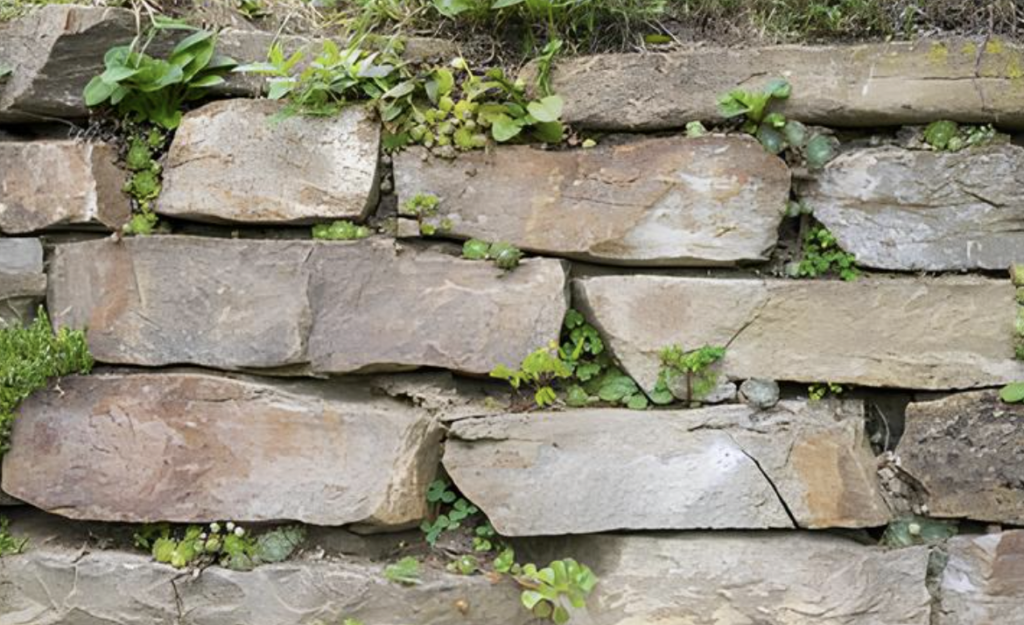
Sticks and stones can be a great option if you want to avoid the retaining wall. Large rocks are cut in geotextile format on the stick and stone wall.
While placing and stacking the rock pieces, a thin layer is left between the two layers to let the water flow and drain.
For this purpose, fabrics and natural sticks are used.
The natural sticks will gradually grow like natural vegetation and crate the thin protective layer again, making supporting the cut rock stones firmer.
Final Thoughts
With the rise in technology, things like retaining walls are useful but unsuitable for every place or slope region.
In such cases, several other alternatives can serve the purpose, like retaining walls, or maybe better.
This post showed you what you can do instead of a retaining wall to help you better understand the other alternatives you can afford and utilize.
If you want more ways to add value to your lifestyle and maintenance experience, sign up and get our best tips and strategies sent to your inbox.

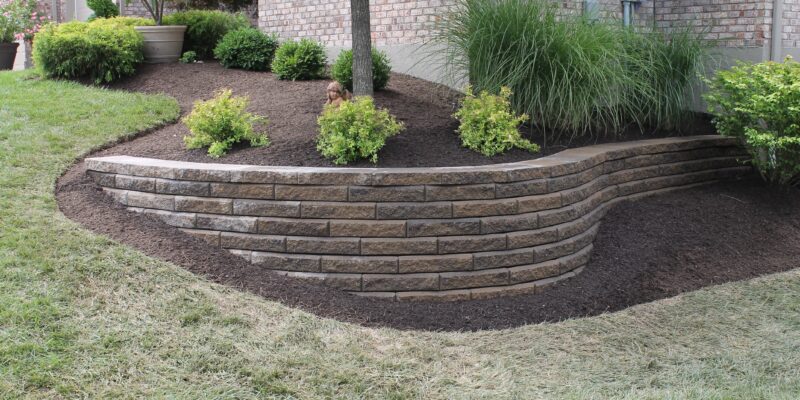






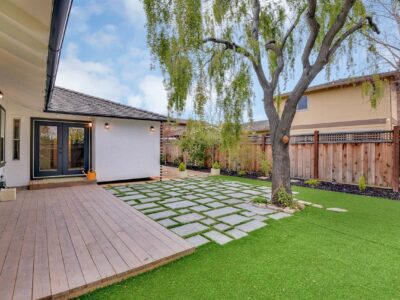
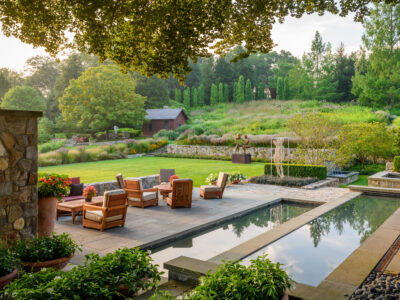
Comments